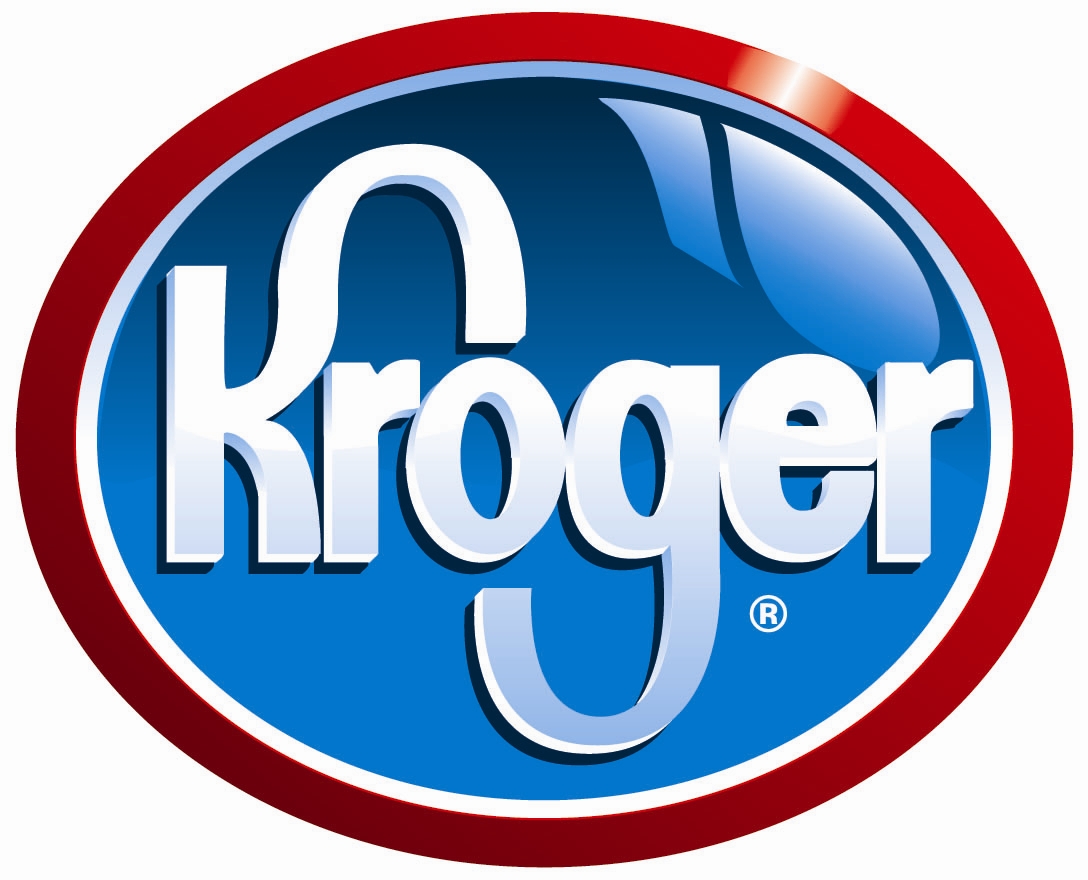Marketers, if you’re looking for fresh, fertile ground to extend your brand into, jump now on Windows 10.
The Windows 10 app store is a clear path to:
- Bump up your online store shopper counts
- Extend ever-available services directly to your Windows customers (which is about 90% of them)
- Connect with your brand’s demographic in a way that helps you better understand their needs
- Build brand value by connecting with partners
- Build brand value by connecting with social media
- Escape web browser inconsistency that threatens to pull brand value down
- Escape security/stability issues in popular platforms (e.g. Android) that threatens brand value.
- Reach more device form factors with a single, less specialized (less expensive) codebase (desktop, tablet, phone, even game consoles and devices)
AND…
Windows 10 is attracting Microsoft’s (and, by extension, arguably) consumer tech’s most valuable territory,
To wrap one’s head around this, it helps to understand recent history a bit.
Being a “convicted monopoly” put a lot of costly restrictions on Microsoft, and especially Windows, making every OS release from XP to Vista to Windows 7 less than it could have been. Despite the fact that Windows is still king in the desktop arena by far, Microsoft has done a great job of digging out from under the perception that it has a monopoly in that space. It dug itself out by connecting Windows to the both to the cloud and to the broader computing device market, including tablets, smartphones, consoles and devices.
Being out from under those restrictions has enabled Microsoft to really make Windows 10 come together in ways that even the incumbent Windows 7 couldn’t. All indications are that Windows 10 is a hit and will de-throne Windows 7 as the de-facto desktop OS within a couple years. Between re-claimed freedom to innovate, lessons learned, and other market conditions, it’s a no-brainer that Windows 10 has legs.
[Here’s a number to associate with Windows 10: 1 Billion UPGRADES. (not counting the number of devices that will be sold with Windows 10 on them.)]
What about Social Media? According to folks like @fondalo:
With nearly 62% of consumers stating that social media has “no influence at all” on their purchasing decisions (Gallup), marketers are faced with substantial hurdles in an ever-increasingly noisy digital landscape. This challenge is further amplified by a CMO Council study showing that only 5 percent of brands feel they are extremely effective at creating experiences that resonate with target audiences.
In fact, most marketers are currently forced to put more resources toward their digital and social efforts, just to maintain their current returns. I believe this gap will continue to widen for larger brands, but smaller more nimble retailers that get creative and deploy proper resources could end up being the big winner.
Finally, it goes without saying that it no longer matters that you’ve extended your brand to iOS (iPhone/iPad) and/or Android. The app marketplace for those devices, in your space, is saturated… even super-saturated. You’ve extended your brand to those app stores, and so has every other brand in the world, including all your competitors. Of course, saturation will occur in the Windows 10 app marketplace, but getting in ahead of the crowd has its advantages.
Never mind the upside potential on phones and tablets (which remains huge, and far more addressable from Windows 10). The pendulum is swinging back to the desktop/laptop again (for now).
Being a Microsoft appointed Technical Solutions Professional, I can help. Let me know how I can bring my (and my team,
BlueMetal‘s)
expertise to bear for you in your goal to make the jump.
In any case, talk to me. If you’re a marketing technology manager, what do you see as the pros and cons of jumping into the Windows app pool?
 I ran across this article from Forbes on LinkedIn. It’s an interesting bit about how Kroger is reacting to the threat that Amazon/Whole Foods suddenly represents in its market segment.
I ran across this article from Forbes on LinkedIn. It’s an interesting bit about how Kroger is reacting to the threat that Amazon/Whole Foods suddenly represents in its market segment.